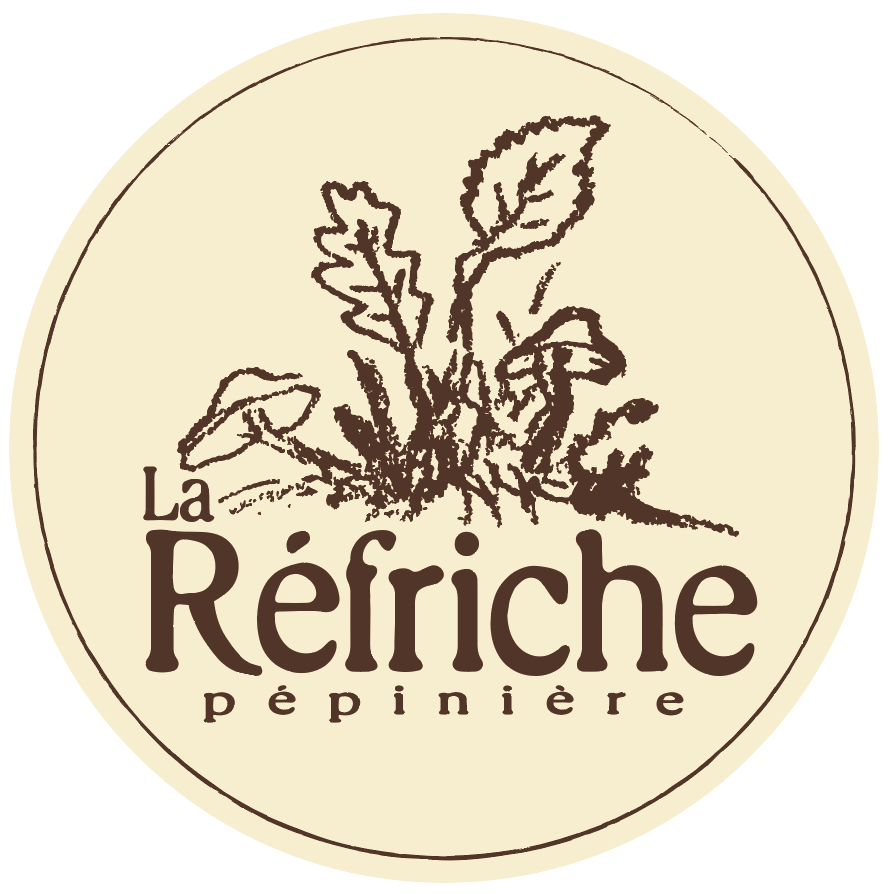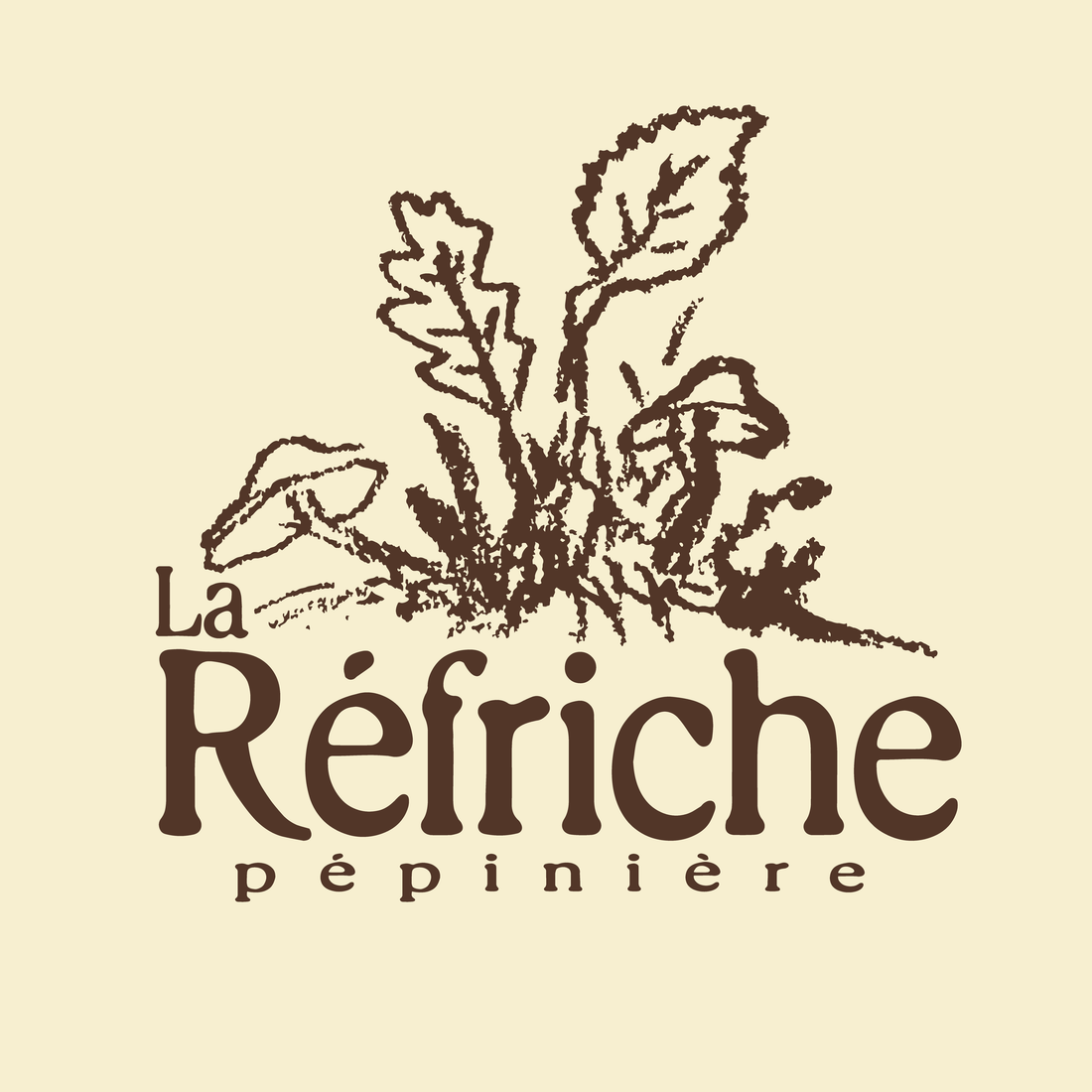Example and instructions for making
A fruiting space
for mushrooms
First of all, for a mushroom to fruit ideally, three parameters need to be considered: humidity, temperature and CO2 levels.
Humidity level
A mushroom, unlike a plant, needs a very high level of humidity. Mushrooms are almost 90% water. As a result, they need it to grow. A relative humidity level of 80-95% is generally acceptable.
Temperature
Most mushrooms need a temperature of between 18-25°C to grow well. Some mushrooms prefer higher or sometimes lower temperatures. So indoor cultivation is fairly straightforward, given that the temperature in a house is generally around 21°C. However, any variation in temperature can disturb or disrupt the mushroom. So it's best to keep their environment at a stable temperature.
CO2 levels
Like us, mushrooms "breathe". They consume oxygen and release CO2. Some mushrooms are highly sensitive to CO2 levels. That's why you need to make sure you ventilate the space around the mushroom so it doesn't suffocate. What's more, to start fruiting, a higher oxygen supply is generally required.
The most restrictive parameter is generally the humidity level. Indeed, humidity levels of 80% present a risk of mold growth. It is therefore important to restrict humidity in a localized area dedicated to mushroom cultivation.
You can simply place your bag of mycelium on a plate and cover the whole thing with a transparent plastic bag large enough to create a dome. Then, 2-3 times a day, you remove the bag, spray water around the edges of the plate and the mycelium bag, and replace the bag once you've done so. It's a simple and inexpensive method.
Alternatively, here's an option that requires a little more investment, but has proved its worth: shotgun tech. You'll need: a clear plastic storage bin with a lid (big enough for the mycelium bag to fit inside), perlite (a porous artificial stone) and a drill with a bit for making holes. You'll need to make holes in the sides and lid of the tray. With a spacing of around 5cm between them, the holes should start 10-15cm from the bottom of the tub and cover the vast majority. There are no holes at the bottom. CAUTION: some clear plastic tubs are brittle, so don't press too hard with the drill when making the holes. Meanwhile, you can soak the perlite in water. The aim is to get it as waterlogged as possible. Alternatively, you can put the perlite in a large strainer and rinse it with tap water for several minutes. Finally, fill the tray so that you have around 10cm of damp perlite at the bottom. And that's it! All you have to do is put your bag of mycelium inside and, twice a day, open the lid of the tray for extra ventilation. You can also take the opportunity to spray the sides of the bin with water using a mister bottle. Between each harvest, rinse the perlite with water again.

Example of a perforated tray. Simply fill the bottom with damp perlite.

